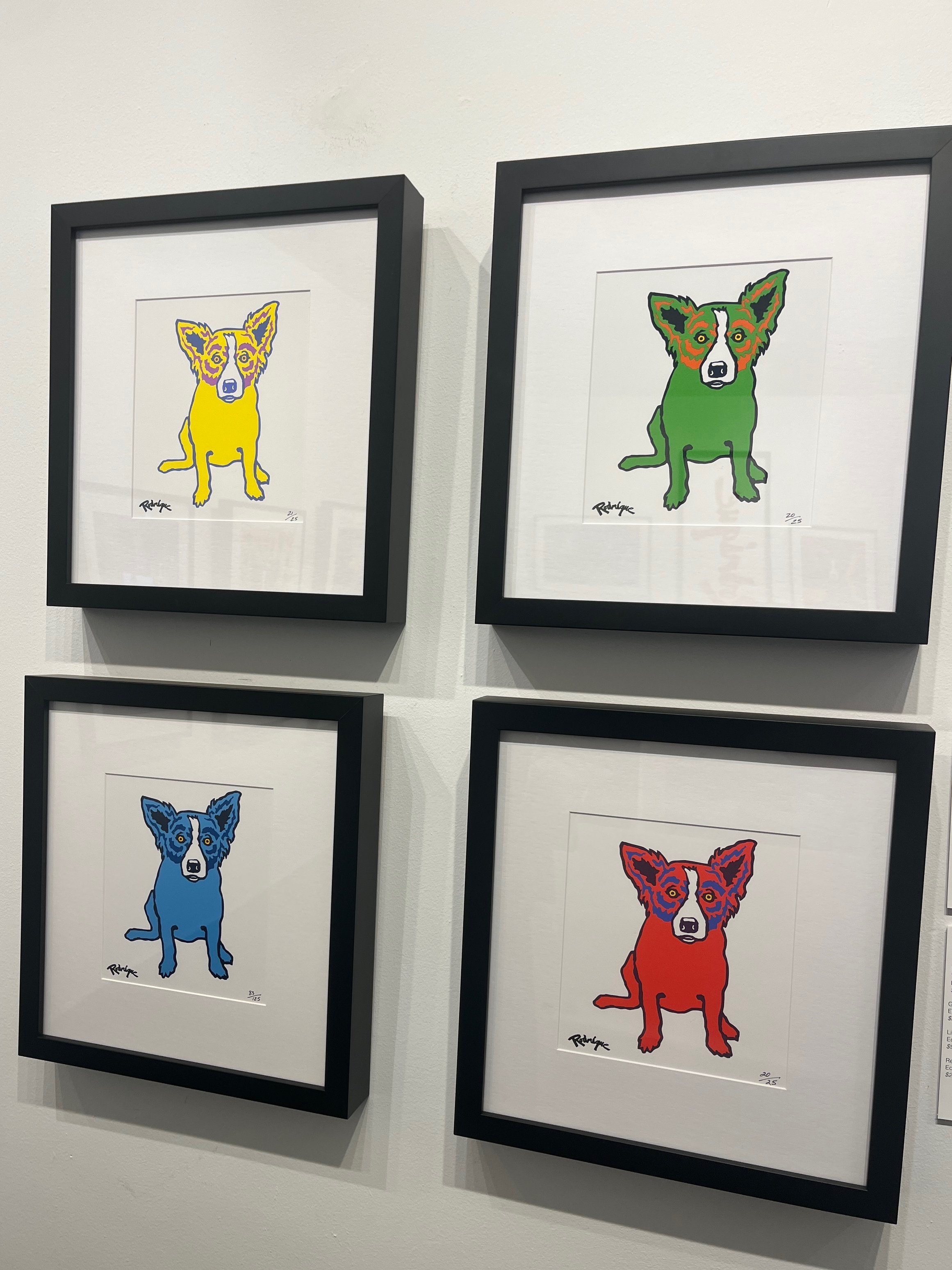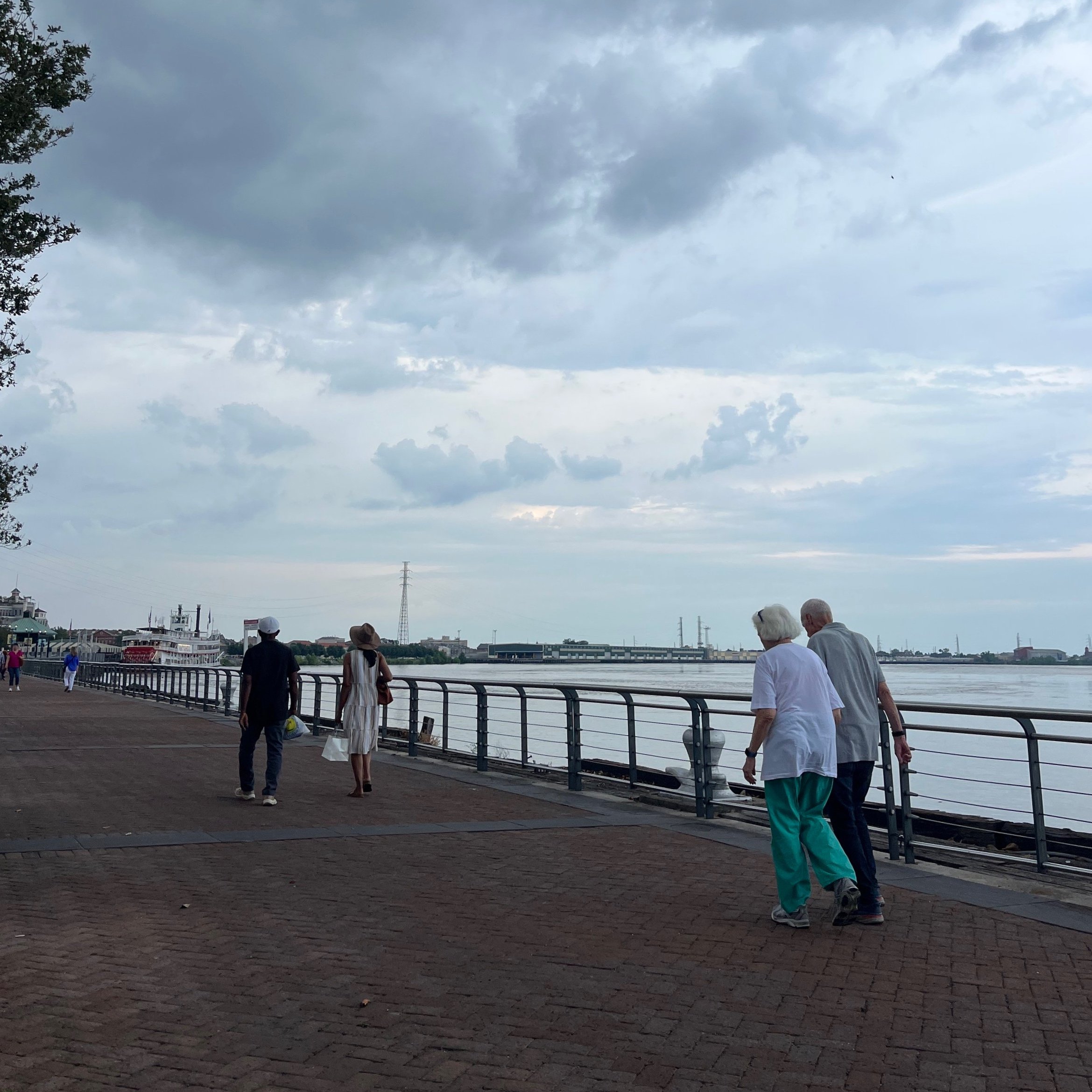What a bittersweet blog to make.
Life has been on pause for the past month as I’ve drifted between reading, exploring, writing, and back to reading. This has truly been an experience I’ll cherish for a long long time. As I sit here writing, I think about just how much we’ve done. We intimately explored a beach town, and everything which makes a quaint life quaint. We explored the historic French Quarter through the immortal lens of vampires, as well as the buffoonery of a man named Ignatius. We had difficult and moving explorations of the Black experience of Louisiana, visiting the Whitney Plantation and hurricane-stricken New Orleans East. We then investigated the uniquely White, Southern experience through classic New Orleans creations such as A Streetcar Named Desire and The Moviegoer. I have literature and art to thank for all of these opportunities, for allowing me to discover a wildly complex city in an immersive way.
However, my New Orlean story didn’t end there. In fact, my final few days in the city can be better told in pictures:
V is for Virgin!
Finally got to see the Rocky Horror Picture Show for the first time ever. A completely shocking, energetic, and unforgettable night. New Orleans was the perfect place for this.
Vampire Oysters
Happy hour! 50 cent oysters! At the vampire bar! Look at that smile!
Turtle Whisperer
Me and my new best friend. Look how happy we look together! At the lovely Audubon Park.
Golden Hour
In the Business District, a block away from where we stayed.
Cooking School
BEST DAY EVER!!! I love cooking so much and these people do know their food!
Storms!!!
Watchu know about going to a cute town across the Mississippi only to get absolutely dumped on by Mother Nature and tossed around by the wind like a rag doll and having your return ferry cancelled?? (Yes, that’s my cooking school apron that I’m using as an umbrella)
The Blue Dog
We the source of the blue dog paintings!! And they’re everything I could’ve ever asked for! Here’s my personal fave from the exhibit.
From Last Evening
The most beautiful farewell gift from Nola. Taken from my window at around 8pm!
What does it mean to “make the most” of a trip? To squeeze the most out of the last few days of vacation? Entering this week, I became painfully aware of just how limited our days were. As pictured above, we did our best to chase after new, exciting experiences. However, what I failed to picture was we, more often than not, returned to what we knew. A beignet from Cafe Du Monde. A live jazz performance from the square. A sandwich from Verti Marte. A streetcar ride down St. Charles Street. Some things just feel right.
How lucky am I to be able to claim normalcy and routine from a city like this–on a school trip of all things. I began this trip by pondering what it means to be a local to a place, and why someone might choose to stay instead of leave. For a city like this, the list of reasons is unfathomably large. However, I am proud to be able to confidently name a few.






























